What is the tolerance range of precision screws?
What is the tolerance range of precision screws?
Service Hotline
+86760-8787 8587We have more than ten years of experience in screw industry production. The main products are: stud motherboard copper column, double-pass hexagonal copper column, round wing butterfly type ingot nut, tightening handle screw, cotter pin positioning pin, white zinc plated nut , Trapezoidal link nut, conical lock washer, flower-shaped washer, camera stud, through-hole pressure riveting stud nut, GB802.4 hexagonal cap nut, DB head string standoff, nylon spacer XL, specializing in the production of T-shaped Fasteners such as nuts, due to the different materials and specifications of the products, the prices are also different, please contact us if necessary.


Screw name broadcast 1. Machine screw 2. Self-tapping screw 3. Drilling screw 4. Wallboard screw 5. Fiberboard screw 6. Wood screw 7. Hexagonal wood screw 8. Non-prolapse screw 9. Combination screw 10. Micro screw 11. Furniture screws 12. Electronic screws
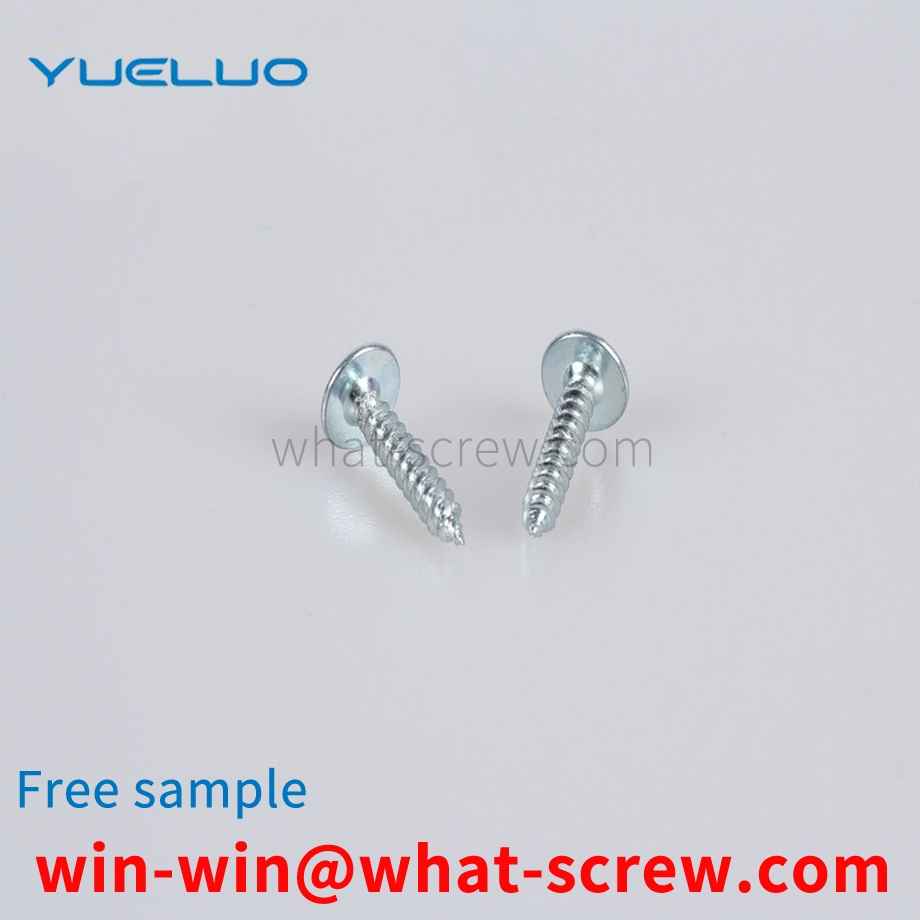
The round nut is often used with the round nut with a stop washer. When assembling, insert the inner tongue of the washer into the groove on the shaft, and insert the outer tongue of the washer into the groove of the round nut, and the nut will be locked; loose. Often used as the axial fixation of rolling bearings. Round nut with thread size of M10×1~M200×3. The thread specification D=M16×1.5, the material is 45 steel, the groove or all heat treatment hardness HRC35~45, the marking of the surface oxidation round nut: nut GB/T 812-88 M16×1.5.
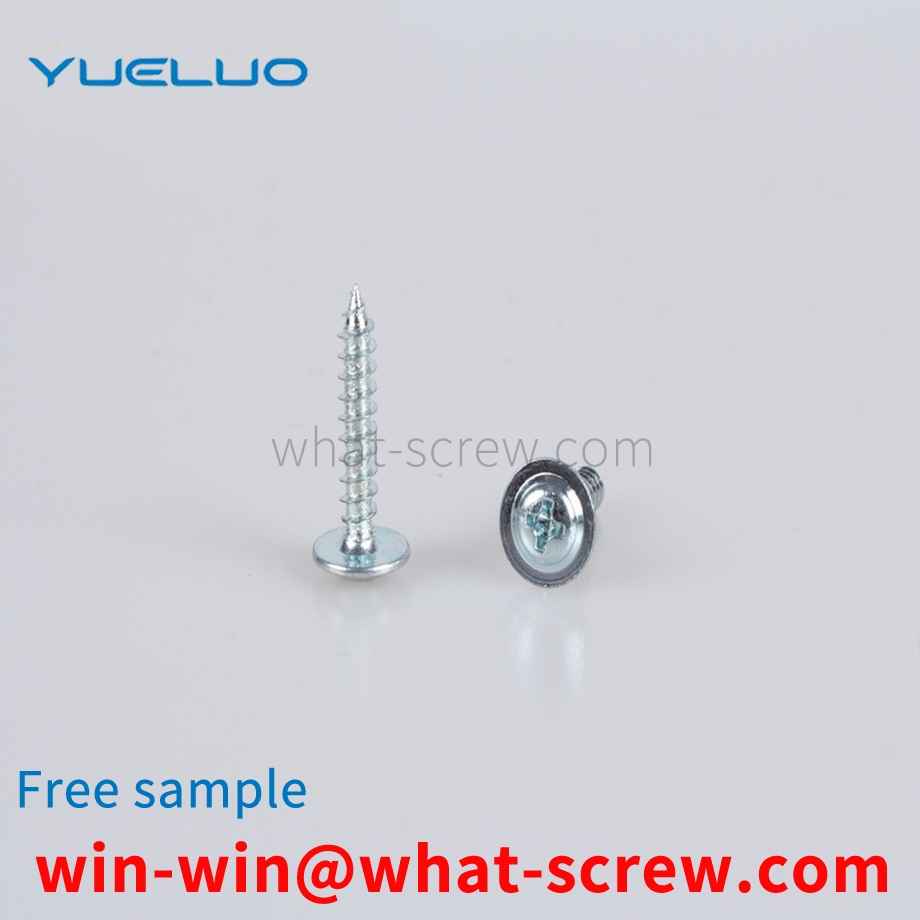
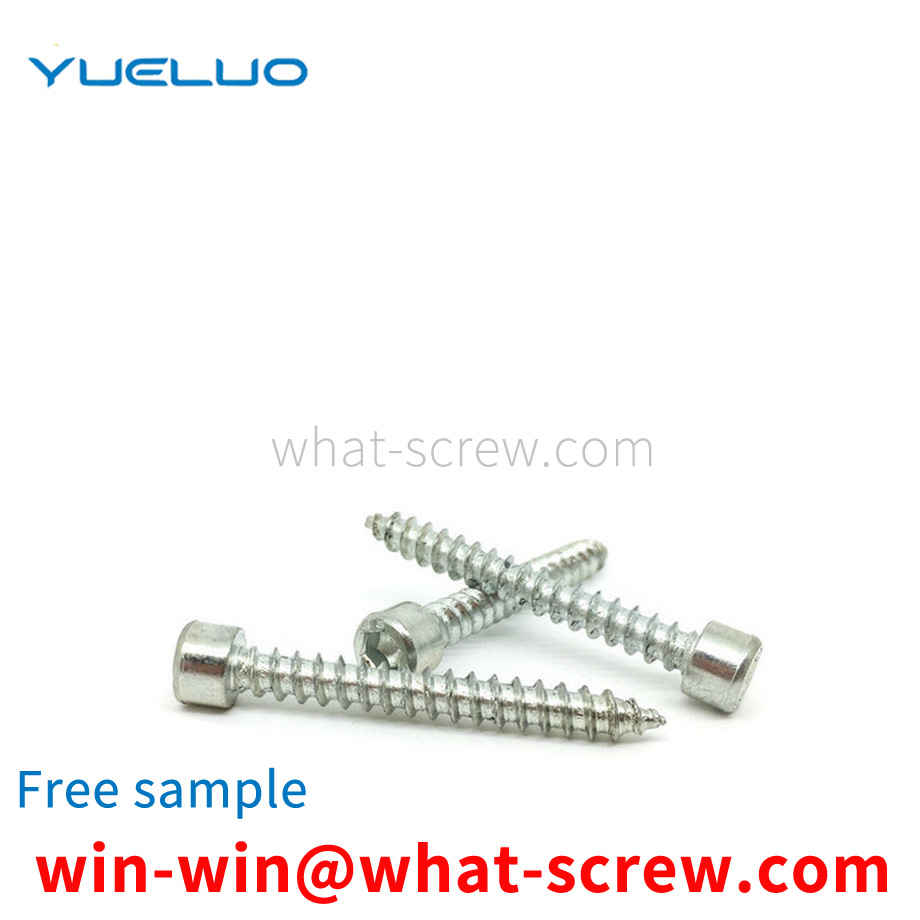
Stainless steel screws do not necessarily corrode and rust, but that stainless steel screws have a stronger ability to withstand corrosion and rust than iron screws. But stainless steel screws can still rust under certain circumstances. So under what conditions are stainless steel screws prone to rust! What is the cause of rust? Stainless steel screws have better characteristics, strong corrosion resistance, high temperature resistance, and strong rust resistance. But it will rust in harsh environments. For example, stainless steel screws are exposed to the sun and the wind every day under very humid conditions. Over time, it will definitely rust a little. For example, in contact with some acid-base chemicals to cause chemical reactions. cause corrosion and rust. There are also bad stainless steel screws, such as stainless steel SUS201 screws used in seawater. Due to long-term immersion, SUS201 stainless steel screws themselves are not suitable for use in salty seawater. cause corrosion and rust. For the use of marine products, it is generally recommended to use stainless steel SUS316 screws, because 316 stainless steel screws have better performance such as corrosion resistance. From the above, it can be concluded that stainless steel screws will still corrode and rust under certain circumstances. Therefore, this requires the rational use of stainless steel screws. Use stainless steel screws of different materials in different situations. And in different occasions, when using stainless steel screws, special attention is also required, and some details need to be considered more. Try to control the corrosion and rust of stainless steel screws as much as possible.
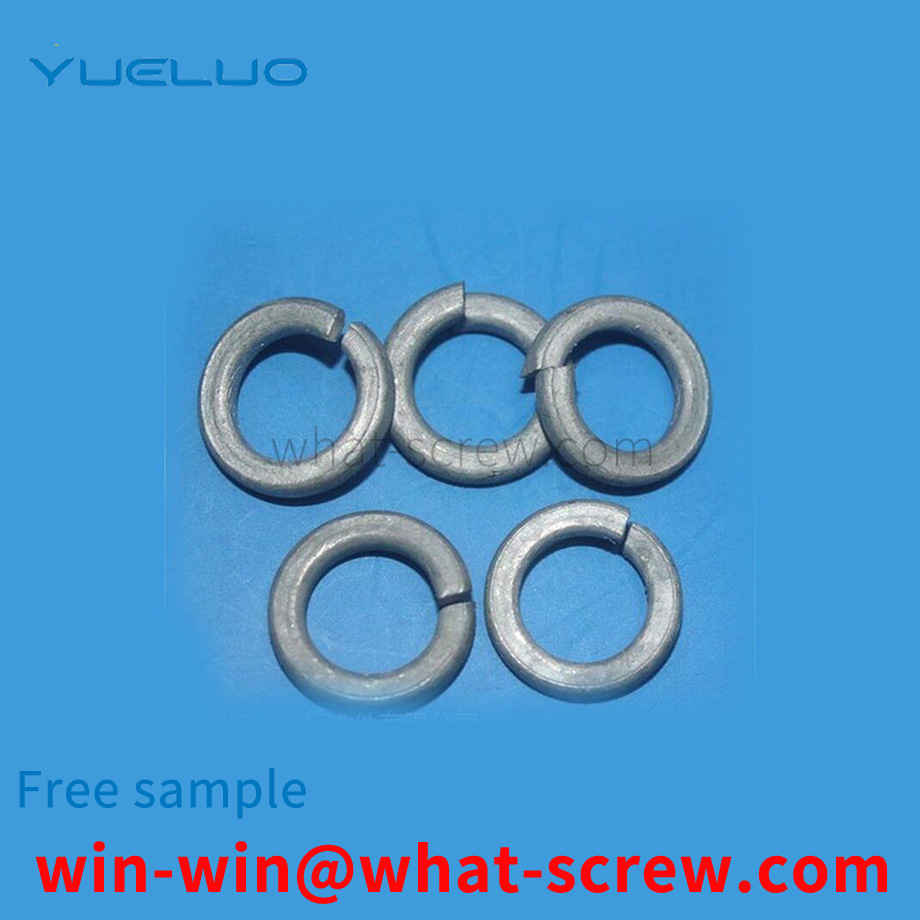
The positioning pin is a pin designed to accurately position the two adjacent parts of the mold in a mold composed of two or more parts. It can be seen that the positioning pin plays a positioning role, and the mold must be accurately synchronized when it is closed. product, and the positioning pin can make the upper and lower molds play a role in accurate positioning. In the mold design and manufacture of Yueluo, the positioning pin is one of the most common parts. Since it is only used for positioning between parts, few people will pay too much attention to it. In the cold stamping process of Yueluo, the dimensional accuracy of the blanking parts depends on the size of the working part of the punch and the concave die, and the dimensional difference between them constitutes the blanking die gap. Gap is an important process parameter for die design, and its size has a great influence on the quality of the section of the blanking part, the blanking force, and the life of the die. If the gap is too large, punching burrs will appear in punching; if the gap is too small, secondary cracks will occur in the section and extrusion burrs will appear, which will make the quality of the section after punching unsatisfactory, and a reasonable gap will not only help the punching section. The improvement of the quality also contributes to the improvement of the lifespan of the 6-pack.
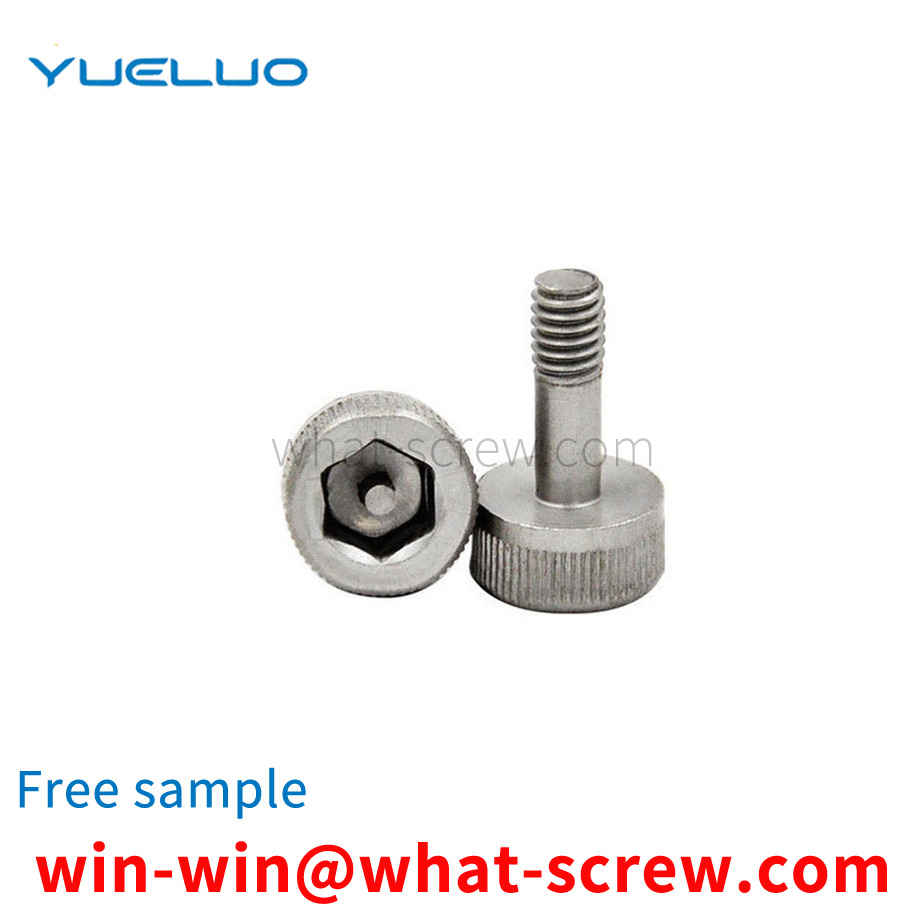
The above content is uploaded by Yueluo or the Internet. If there is any copyright issue, please contact [email protected].

What is the tolerance range of precision screws?

How to choose the right stainless steel screw manufacturer?

Why is there an R angle under the head of the hexagon head s...
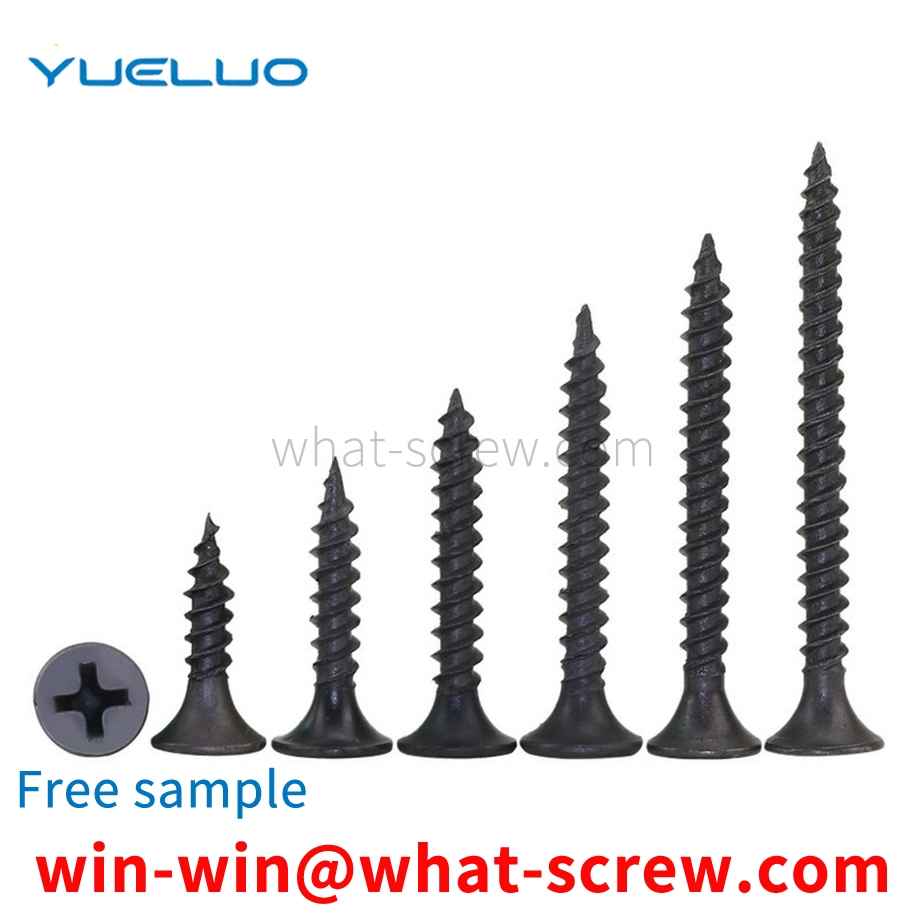
We have more than ten years of production experience in the ...
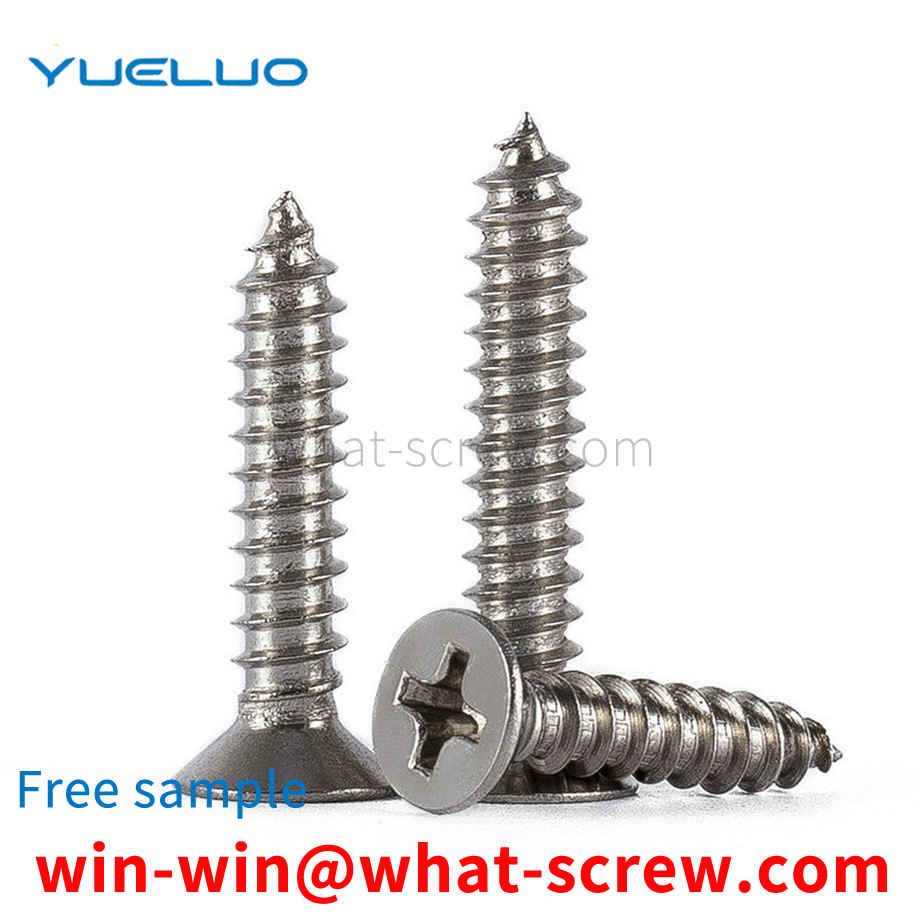
We have more than ten years of production experience in the ...

We have more than ten years of experience in screw industry ...

We have more than ten years of experience in screw industry ...